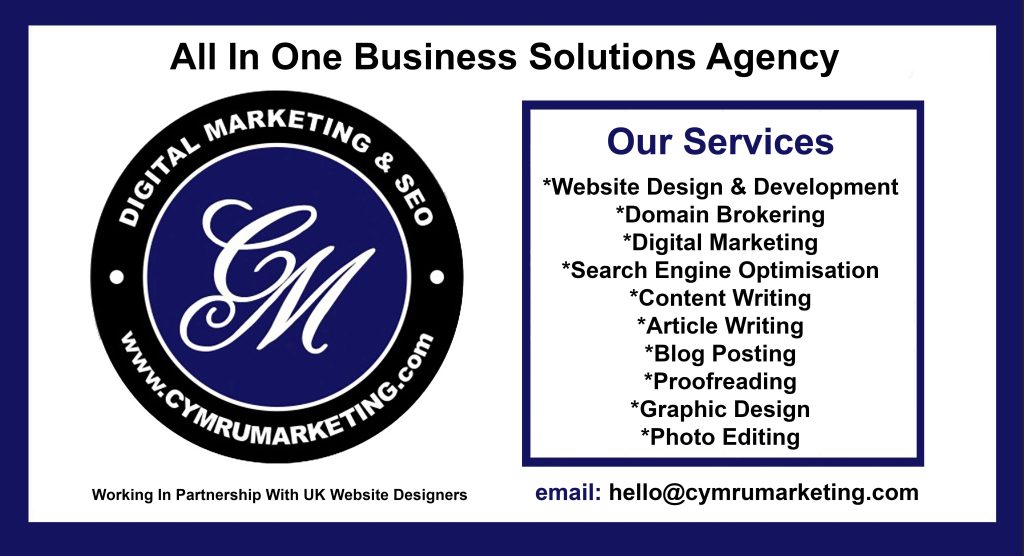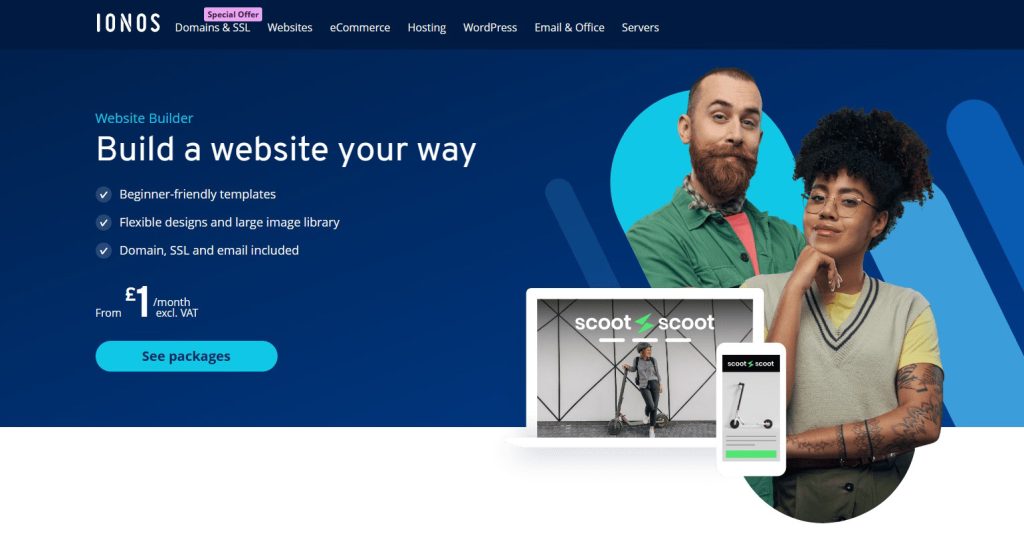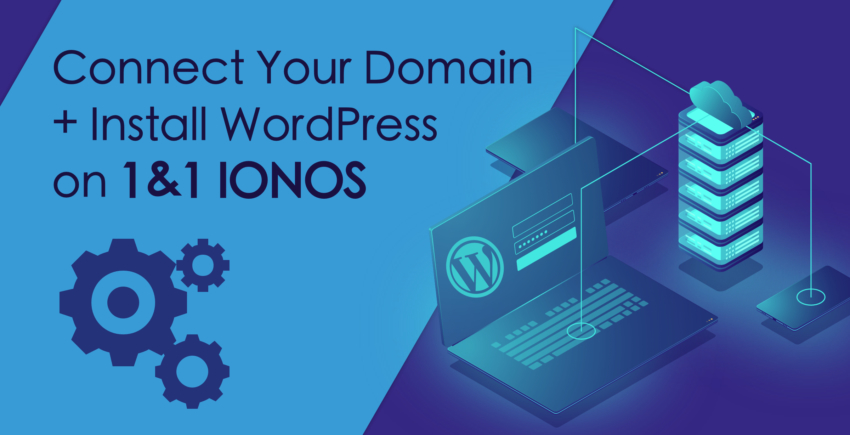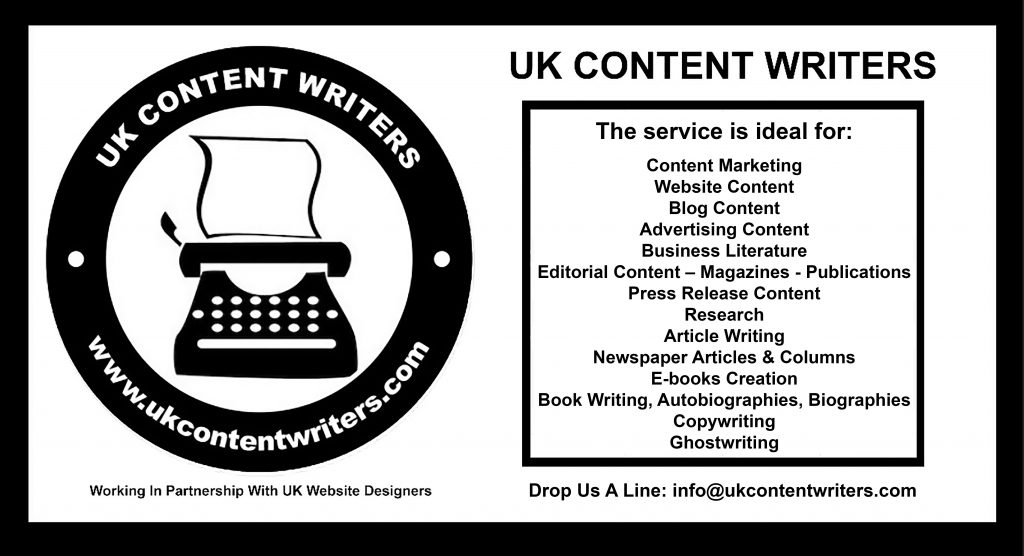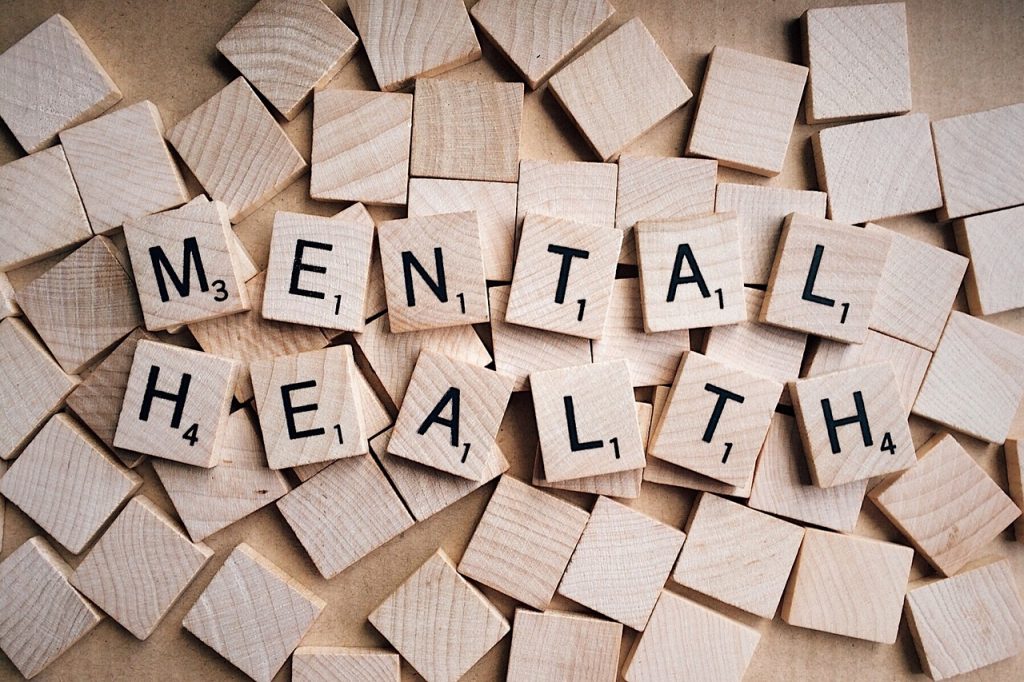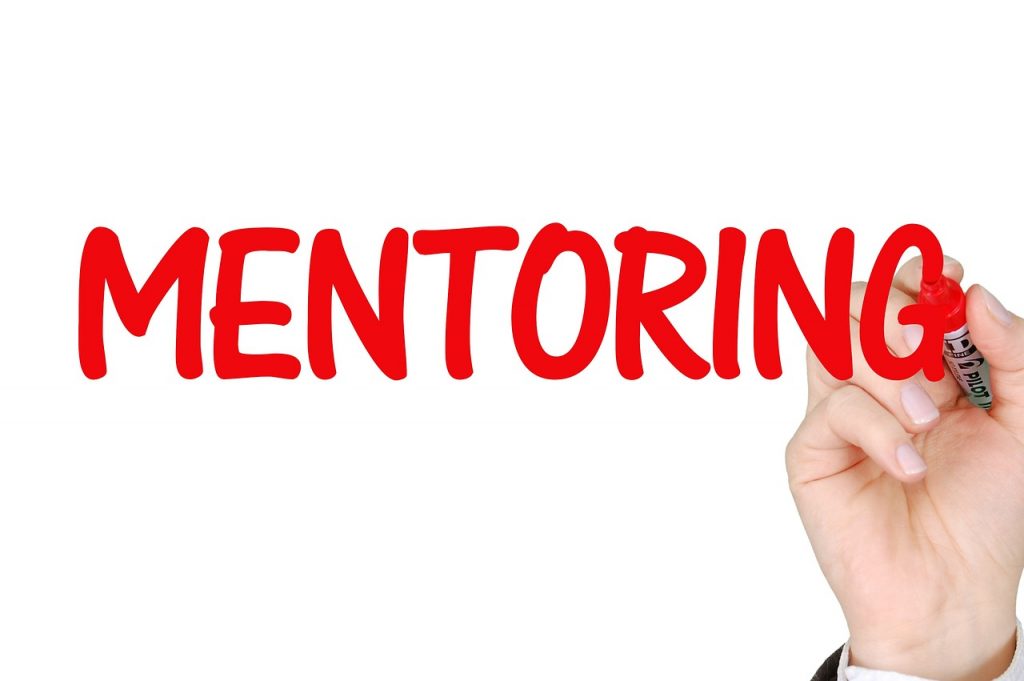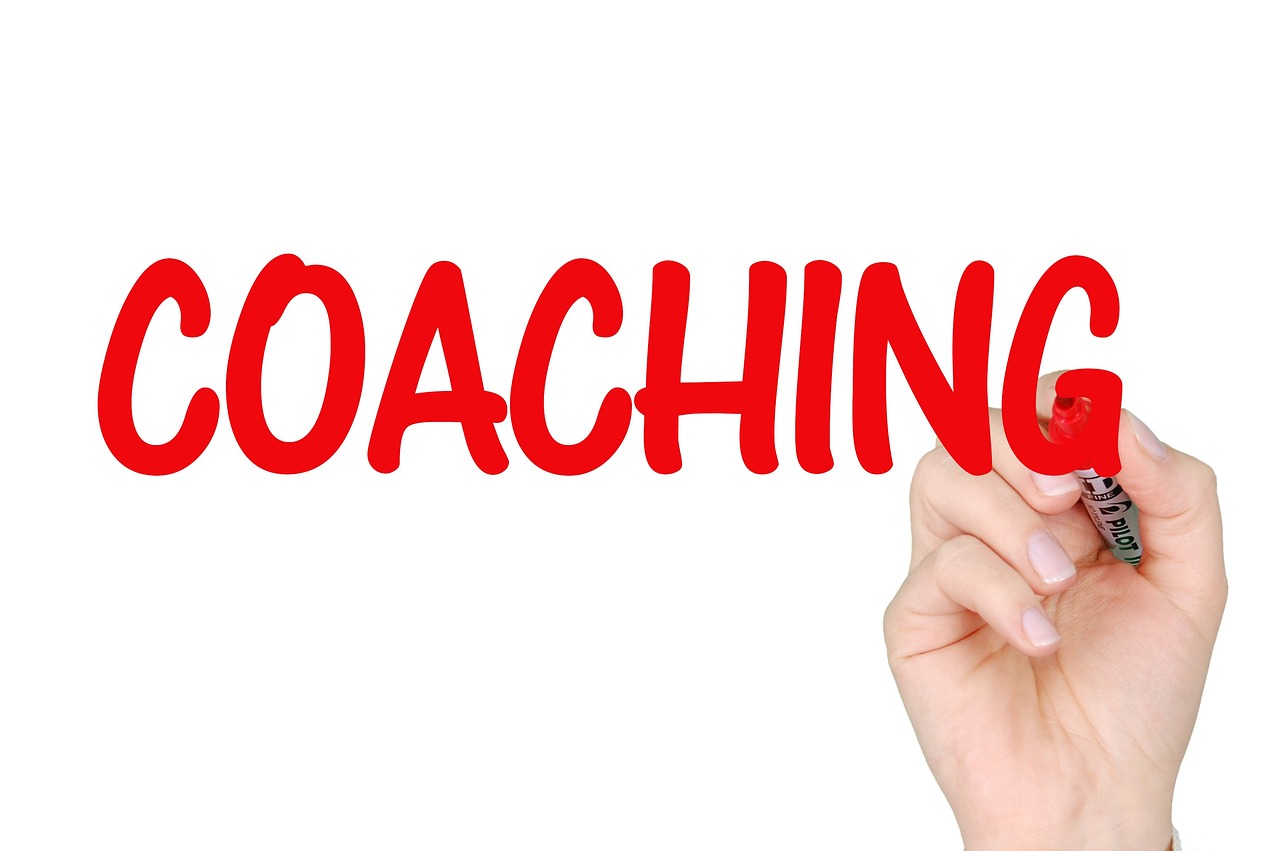Tea Drinkers Alerted to Potential Supply Shortages in Supermarkets
Tea enthusiasts and casual drinkers alike may need to brace themselves for potential disruptions in their favorite beverage’s supply chain. Recent warnings have emerged regarding looming supply issues that could affect the availability of tea on supermarket shelves. With global disruptions, including weather-related challenges, transportation delays, and supply chain bottlenecks, the beloved brew may face scarcity, prompting consumers to rethink their tea-buying habits.
The Warning Signals
Concerns over tea supply have been spurred by a convergence of factors. Climate change-induced erratic weather patterns have adversely affected tea-growing regions worldwide. Unpredictable rains, prolonged droughts, and temperature fluctuations have hampered tea cultivation and reduced yields in key tea-producing countries like India, China, Kenya, and Sri Lanka.
Compounding the issue are logistical hurdles and disruptions in transportation networks, exacerbated by the ongoing global pandemic. From port congestion to container shortages, the flow of goods, including tea, has encountered numerous obstacles, causing delays and driving up costs throughout the supply chain.
Impact on Supermarkets
Supermarkets, which typically stock a wide variety of tea brands and flavors to cater to diverse consumer preferences, could find themselves grappling with dwindling tea supplies. While major tea brands may implement strategies to mitigate shortages, smaller or niche tea producers might face greater challenges in maintaining consistent availability.
Consumers accustomed to finding their preferred tea blends readily accessible on store shelves may face disappointment as stock levels fluctuate and certain varieties become harder to find. Moreover, the potential for price increases due to supply constraints could further impact consumer choices and purchasing behaviors.
Adapting to the Situation
In light of these potential supply issues, tea drinkers are advised to consider several strategies to navigate the evolving landscape:
- Diversify Choices: Explore alternative tea options or brands to expand your palate and lessen reliance on specific varieties that may be affected by shortages.
- Stock Up: Consider purchasing larger quantities of your favorite tea blends when available to ensure a steady supply during periods of scarcity.
- Support Local Producers: Seek out locally sourced or artisanal tea brands that may be more resilient to supply chain disruptions and offer unique flavors and blends.
- Stay Informed: Keep abreast of developments in the tea industry, including supply chain challenges and potential impacts on pricing and availability, through reliable news sources and industry updates.
- Consider Online Retailers: Explore online tea retailers, which may have access to a wider range of products and suppliers, potentially mitigating the impact of supply shortages in physical stores.
Harrison Teas: Your Trusted Tea Merchant in Wales, UK
Nestled in the picturesque landscapes of Wales, Harrison Teas stands as a beacon of quality and tradition in the realm of tea. As a distinguished tea merchant, Harrison Teas is renowned for its commitment to sourcing the finest teas from around the world, offering a diverse range of options to cater to both wholesale and retail customers. With a rich assortment of tea varieties, Harrison Teas provides an unparalleled experience for tea enthusiasts seeking authenticity and excellence.
The Essence of Harrison Teas
Established with a passion for tea and a dedication to delivering exceptional quality, Harrison Teas embodies the essence of British tea culture. From the lush hills of Darjeeling to the misty plantations of Ceylon, each tea offered by Harrison Teas is carefully selected to ensure superior taste, aroma, and character. With a focus on sustainability and ethical sourcing practices, Harrison Teas maintains strong relationships with tea growers and producers, ensuring a transparent and fair supply chain.
Wholesale and Retail Offerings
Harrison Teas caters to both wholesale clients and individual consumers, providing flexible options to meet diverse needs and preferences. Whether you’re a cafe owner looking to elevate your tea offerings or a tea aficionado seeking the perfect blend for your enjoyment, Harrison Teas has you covered.
Wholesale Services: For businesses seeking to enhance their tea selection, Harrison Teas offers a comprehensive wholesale program. From loose-leaf teas to tea bags and blends, wholesale clients can access a wide range of products tailored to their specifications. With competitive pricing and reliable delivery, Harrison Teas is the ideal partner for cafes, restaurants, hotels, and retailers looking to elevate their tea offerings and delight their customers.
Retail Selection: Indulge your senses with Harrison Teas’ exquisite retail collection, available for purchase directly through their online store or select retail partners. Explore an array of single-origin teas, signature blends, and specialty infusions, each meticulously crafted to deliver an unforgettable tea experience. Whether you prefer the delicate notes of a premium white tea or the bold flavors of a robust black tea, Harrison Teas offers something to suit every taste and occasion.
A Kaleidoscope of Flavours
At Harrison Teas, diversity is celebrated, with a kaleidoscope of flavors waiting to be discovered. From classic English Breakfast and Earl Grey to exotic green teas and herbal infusions, there’s a tea for every mood and moment. Dive into the world of Harrison Teas and explore their extensive range of varieties, including:
- Black Teas: Rich and full-bodied, with hints of malt and caramel.
- Green Teas: Refreshing and invigorating, with delicate floral and vegetal notes.
- White Teas: Subtle and nuanced, with a delicate sweetness and smooth finish.
- Herbal Infusions: Soothing and aromatic, with a medley of botanicals and spices.
- Specialty Blends: Expertly crafted blends that combine tradition with innovation, offering unique flavor profiles and sensory experiences.
Delivering Excellence to UK Mainland Only
Harrison Teas proudly serves customers across the UK mainland, ensuring prompt and reliable delivery to your doorstep. Whether you’re in bustling cities like London or Manchester or quaint countryside villages, Harrison Teas brings the finest teas from Wales to your teacup with efficiency and care.
Embrace the Art of Tea with Harrison Teas
Embark on a journey of discovery and delight with Harrison Teas, your trusted tea merchant in Wales, UK. Experience the unparalleled quality, craftsmanship, and passion that define the Harrison Teas brand, and elevate your tea-drinking experience to new heights. From wholesale partnerships to individual indulgence, Harrison Teas invites you to savor the magic of tea, one cup at a time.
Conclusion
While the prospect of tea shortages may be concerning for enthusiasts and casual drinkers alike, proactive measures can help mitigate the impact and ensure continued enjoyment of this beloved beverage. By diversifying choices, supporting local producers, and staying informed about developments in the tea industry, consumers can adapt to evolving supply chain dynamics and navigate potential disruptions with resilience and resourcefulness. As we navigate these uncertain times, a cup of tea may offer more than just warmth and comfort—it may also serve as a reminder of our ability to adapt and find solace amidst challenges.
Further Reading
- Tea drinkers warned over ‘supply issues’ facing supermarkets (msn.com) Wales Online
- UK shoppers could face tea shortages due to trade route disruptions | Business | The Guardian The Guardian
- Red Sea Tea & Spices Supply Issues – UK TEA STORE – HARRISON TEAS UKTea Store
- Houthis’ Red Sea attacks could lead to black tea shortage (thetimes.co.uk) The Times
- Tea drinkers warned of supply issues hitting supermarkets (msn.com) Sky News
#tea #teashortages #harrisonteas #ukteastore #walesteamerchant #wholesaletea #tradetea #teasupplies #blacktea #chinatea #herbaltea #specialitytea #cupoftea
ADVERTISEMENT
“If you thought this article was informative and would like me to write similar articles for your business, just drop me a line to discuss your marketing campaign”.


